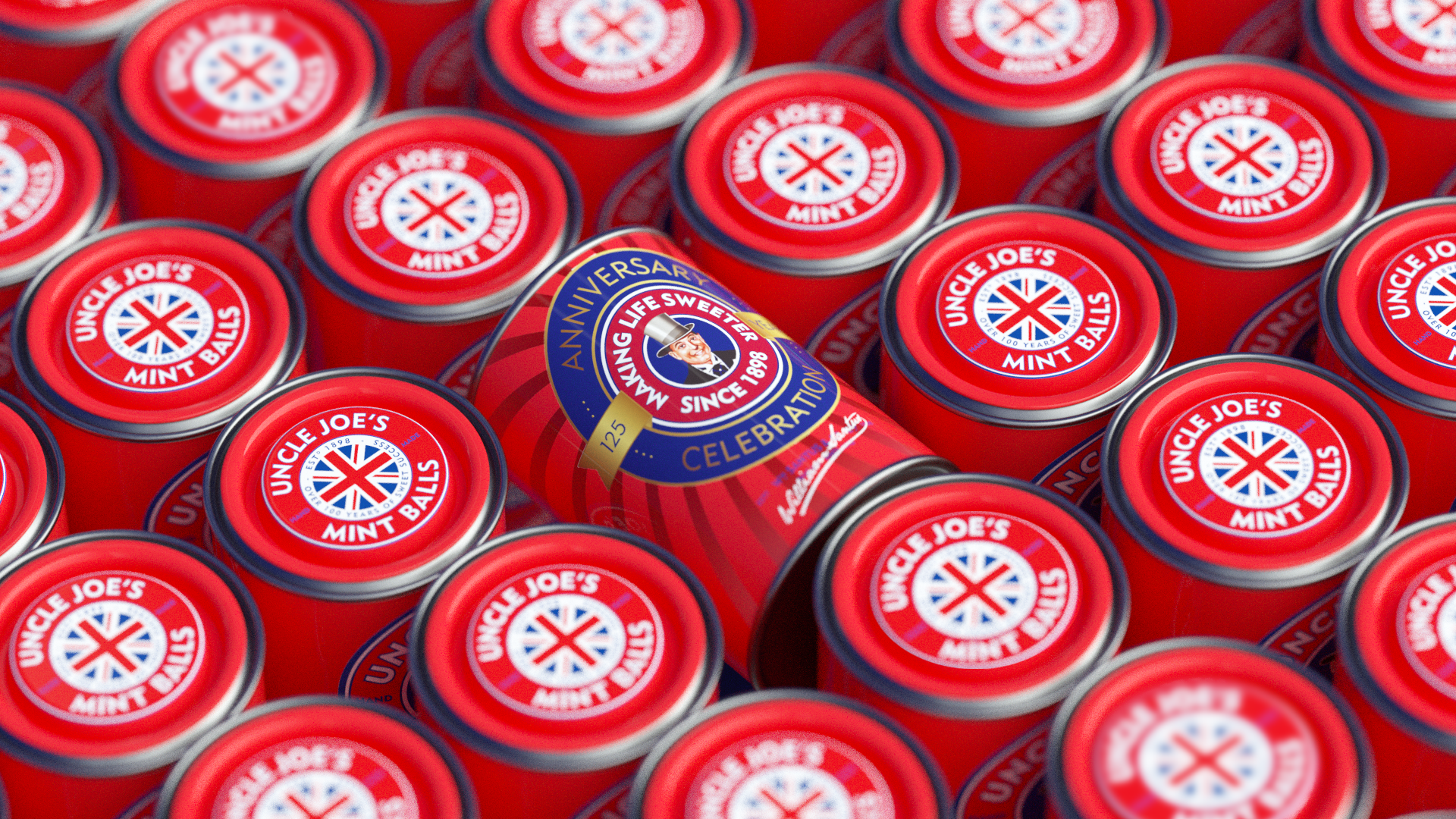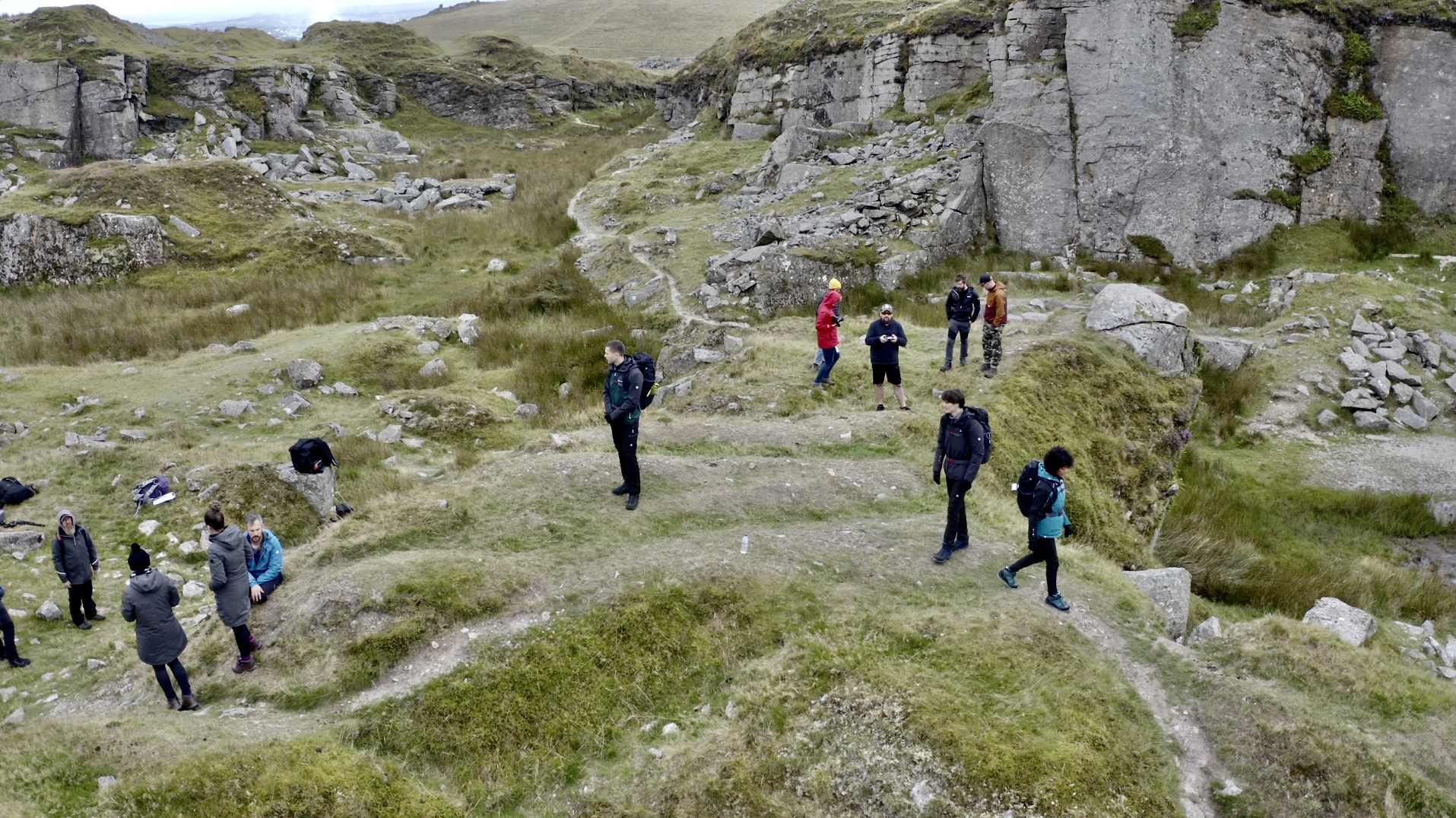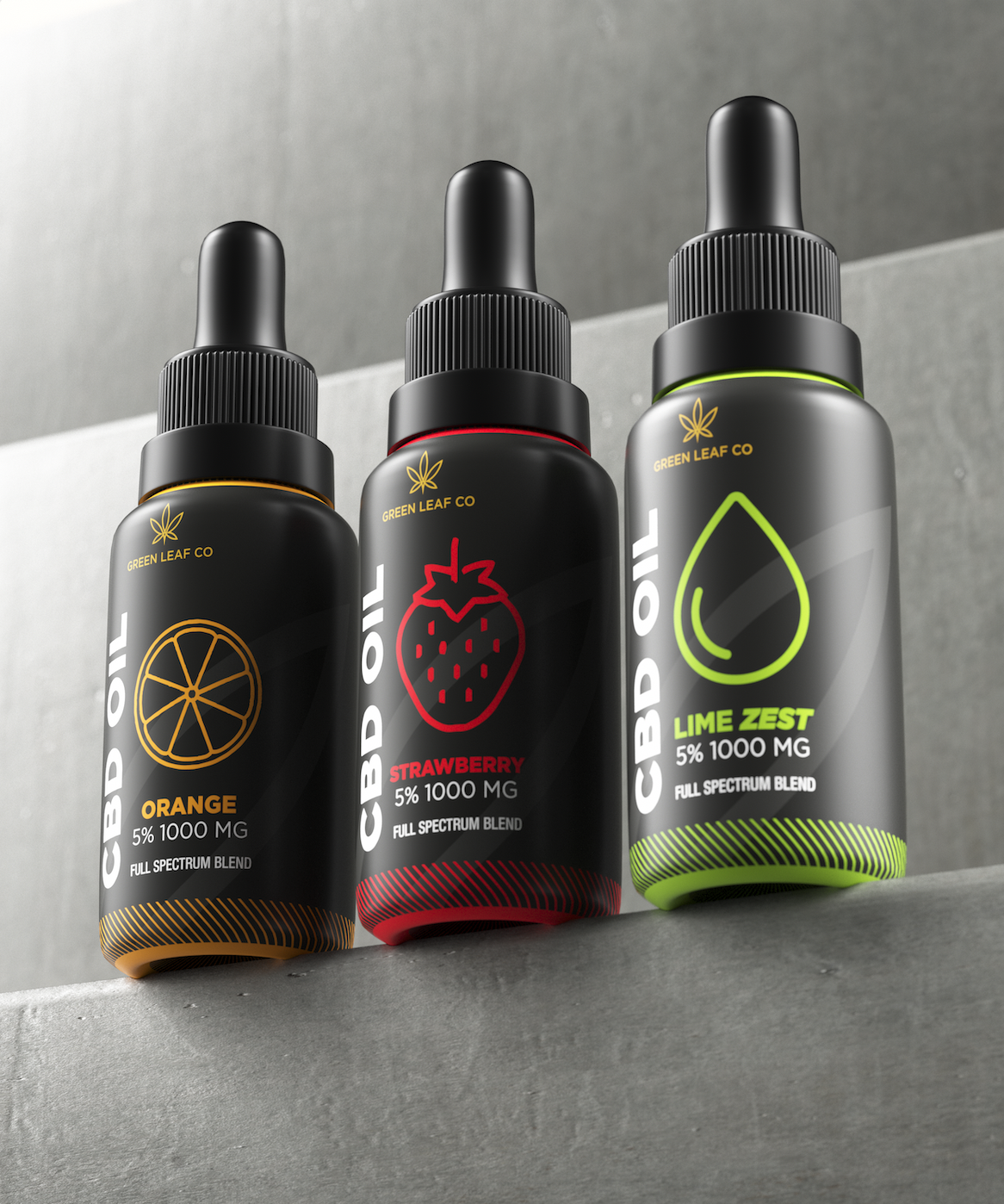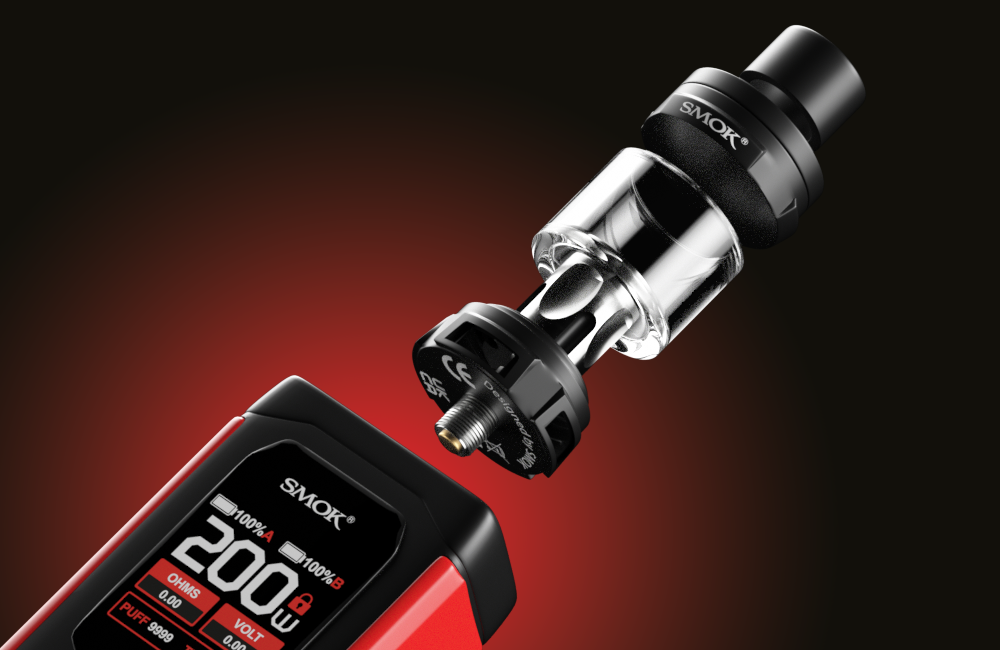CGI vs Photography
CGI vs Photography: The strategic advantages of 3D Product Visualisation over traditional Photography
1. Unparalleled Flexibility and Adaptability
A pivotal advantage of 3D product visualisation lies in the unmatched flexibility it offers. In contrast to traditional product photography, which may necessitate reshoots for any product modifications, 3D models can be effortlessly updated and adapted to changes in design, colour, or features. This agility empowers businesses to respond swiftly to market trends and product enhancements, ensuring a dynamic and responsive approach to product presentation.

I’d start my day by checking email, Twitter, Facebook. Reading the “news”. I’d look at my to-do list and start working on something.
2. Iteration and Prototyping
The process of creating multiple prototypes for a product photoshoot can be both costly and time-consuming. With 3D product visualisation, designers can iterate and prototype virtually at a fraction of the cost. This efficiency not only expedites the design and development process but also fosters a higher level of creativity and experimentation, unleashing the full potential of innovative product presentation.
Having the ability to experiment with materials, finishes and graphics quickly and efficiently makes 3D visualisation a cost-effective way to develop your products.
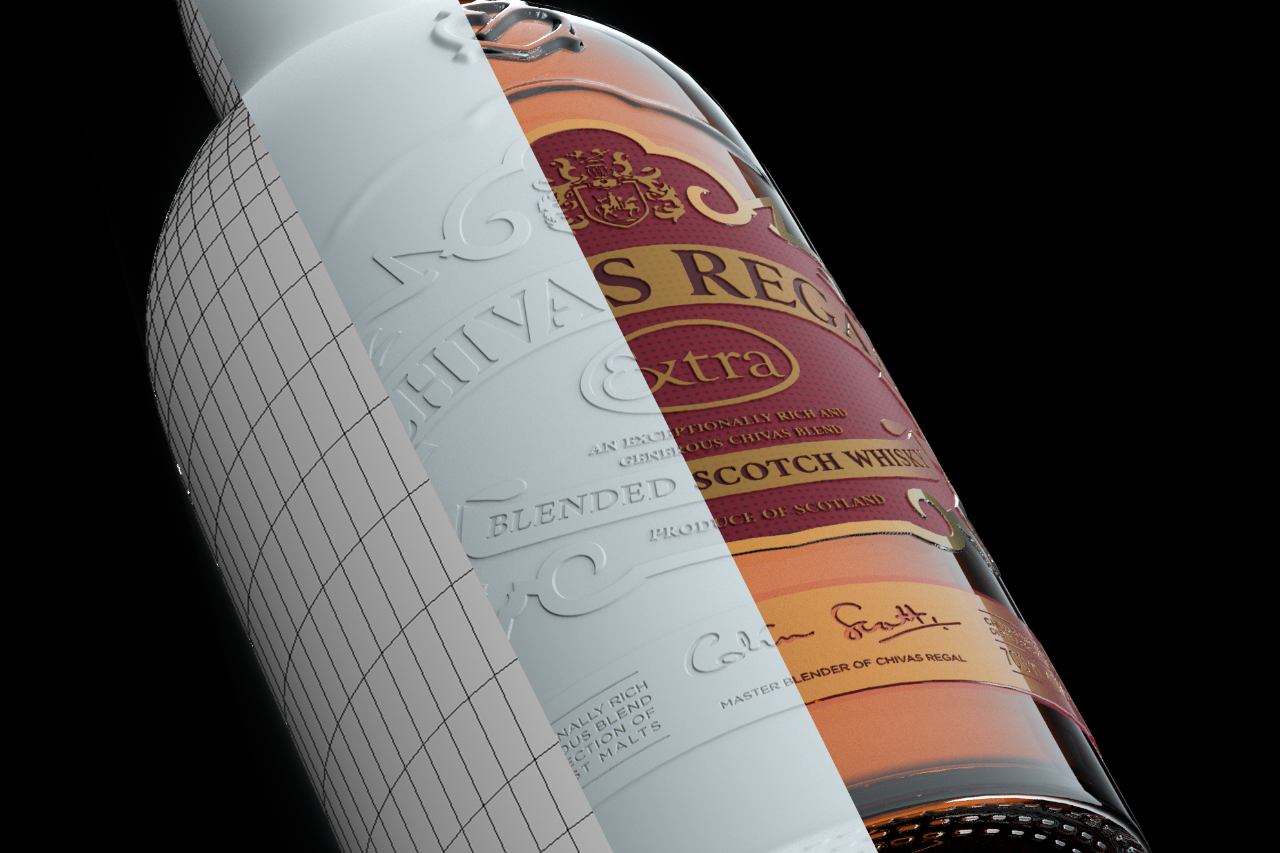
3. Customisation and Personalisation
In an era where personalisation is increasingly valued, 3D product visualisation takes centre stage. It provides the capability to create personalised and customisable product experiences for consumers. Whether showcasing different product variations, colour options, or configurations, 3D visualisation enables businesses to tailor their offerings to individual preferences, elevating the level of customer engagement and satisfaction.

4. Overcoming Physical Constraints
Computer-generated imagery (CGI) surpasses traditional product photography by overcoming physical limitations and logistical challenges associated with real-world shoots. Unlike conventional photography, which is constrained by the actual product’s physical characteristics and the complexities of capturing it in various environments, CGI allows for complete creative freedom.
With CGI, products can be depicted in any conceivable setting, from fantastical landscapes to hyper-realistic environments, without the need for transporting goods or dealing with location-specific obstacles such as lighting and weather conditions. This flexibility not only streamlines production schedules but also enables the creation of visually compelling, perfectly tailored scenes that would be impossible or prohibitively expensive to achieve with traditional photography. Furthermore, CGI ensures consistency in visual quality and style across all marketing materials, enhancing brand coherence and appeal.
Location shoots require meticulous planning and preparation, usually months in advance of the big day. As well as the logistical constraints of getting crew and equipment to site, there are many other factors to consider such as permissions, permits, risk assessments, weather, access to amenities etc.
5. Enhanced control over quality
CGI provides enhanced control over the final image quality. In traditional photography, achieving the perfect shot can be influenced by numerous uncontrollable factors such as lighting, shadows, and reflections. CGI, on the other hand, allows for meticulous control over every aspect of the image. Artists can adjust lighting, angles, and textures to perfection, ensuring that each detail is rendered exactly as intended. This level of precision guarantees that the final images meet the highest standards of quality, which is critical for creating a polished and professional brand image.
Image quality is crucial in product advertising and can be the pivotal factor that determines the success of any product marketing efforts. By using CGI, you are able to control every aspect of the image creation which results in beautifully lit and balanced product imagery.
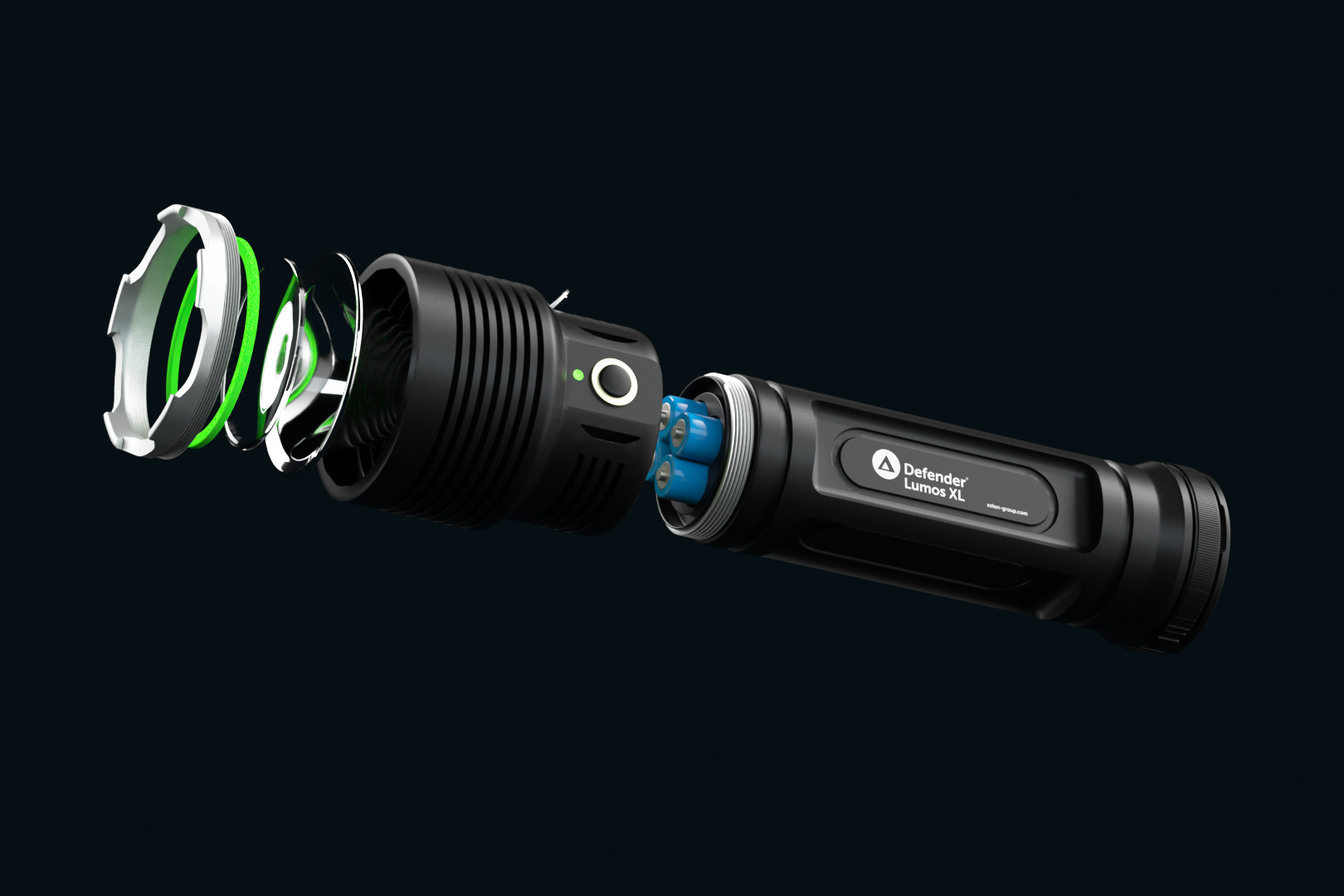
6. Immersive Customer Experiences
Modern consumers crave immersive experiences, and 3D product visualisation delivers precisely that. By creating interactive and dynamic 3D models, businesses can engage customers in ways that static images cannot. Virtual product tours, interactive configurators, and augmented reality applications provide a level of engagement that surpasses the capabilities of traditional photography, creating memorable brand interactions.

7. Cost Effective
CGI can be more cost-effective in the long run. While the initial investment in CGI technology and expertise may be higher, it eliminates the ongoing costs associated with physical shoots, such as renting locations, hiring photographers, transporting products, and setting up shoots. Additionally, CGI assets can be reused and repurposed across various platforms and campaigns, maximizing the return on investment and reducing the need for repeated expenditures. This makes CGI a more sustainable and economically viable option for businesses aiming to maintain a dynamic and flexible marketing strategy.
8. Future-Proofing for Technological Advances
As technology continues its relentless advance, 3D product visualisation stands ready to evolve with it. By embracing this technology now, businesses position themselves to adapt seamlessly to future innovations, ensuring they remain at the forefront of visual presentation methods and maintain a competitive edge in the ever-evolving marketplace.
In conclusion, the advantages of 3D product visualisation extend far beyond aesthetic appeal. The strategic shift from traditional product photography to 3D visualisation represents an investment in agility, creativity, and enhanced customer engagement—a proactive move that not only meets the demands of the present but also future-proofs businesses in the dynamic landscape of an ever-evolving market.
In conclusion, the advantages of 3D product visualisation extend far beyond aesthetic appeal. The strategic shift from traditional product photography to 3D visualisation represents an investment in agility, creativity, and enhanced customer engagement—a proactive move that not only meets the demands of the present but also future-proofs businesses in the dynamic landscape of an ever-evolving market.
Unlocking Cost Efficiency
Unlocking Cost Efficiency
In today's fast-paced and highly competitive business landscape, staying ahead of the curve is crucial for success. The shift from traditional photography to digital 3D product visualisation is a prime example of how businesses are embracing innovation to enhance their operations. This transition not only brings about aesthetic improvements but also offers a multitude of cost benefits. In this article, we will delve into the major cost advantages that companies can gain by adopting digital 3D product visualisation over traditional photography.
- Reduced Production Costs:
Traditional product photography involves setting up elaborate sets, hiring photographers, and arranging for various props and lighting equipment. This process can be time-consuming and expensive. On the other hand, digital 3D product visualisation eliminates the need for physical setups, reducing production costs significantly. Once the digital model is created, it can be reused and modified as needed, offering a cost-effective solution for showcasing multiple products across different platforms.
- Faster Time-to-Market:
In the competitive business environment, time is of the essence. Traditional photography often involves lengthy pre-production, shooting, and post-production phases. With digital 3D product visualisation, the entire process can be streamlined, leading to a faster time-to-market. Changes and updates to product visuals can be made swiftly, allowing companies to respond quickly to market trends and consumer preferences.
- Flexibility and Iteration:
One of the key advantages of digital 3D product visualisation is the flexibility it provides. Once a digital model is created, it can be easily modified and adapted to different marketing materials, such as websites, social media, and print materials. This adaptability eliminates the need for reshooting products for every new campaign or product iteration, resulting in substantial cost savings over time.
- Reduced Logistics Costs:
In traditional photography, especially for large or bulky products, transportation of products to and from the photography studio can be a logistical challenge. Digital 3D product visualisation eliminates the need for physical products to be present, reducing transportation costs and potential damages during transit. This is particularly beneficial for companies with extensive product lines or those operating in multiple locations.
- Global Collaboration and Remote Work:
In the digital age, many businesses operate on a global scale, and collaboration often involves team members working from different locations. Digital 3D product visualisation allows for seamless collaboration, as the digital assets can be easily shared and accessed remotely. This not only enhances teamwork but also reduces costs associated with travel and accommodation for on-site photography sessions.
- Customisation Without Additional Costs:
Traditional photography often requires additional shoots for product variations or customisation, leading to extra expenses. In contrast, digital 3D product visualisation allows for easy customisation without incurring additional costs. This is particularly beneficial for companies offering a wide range of customisable products, as it enables them to showcase diverse options without the need for extensive photo shoots.
Conclusion:
The transition from traditional photography to digital 3D product visualisation is a strategic move that not only enhances the visual appeal of products but also offers substantial cost benefits. The reduced production costs, faster time-to-market, flexibility, and global collaboration capabilities make this transition a wise investment for businesses looking to optimise their operations in the digital era. As technology continues to advance, embracing innovations like digital 3D product visualisation will be pivotal for companies aiming to thrive in an ever-evolving market.

